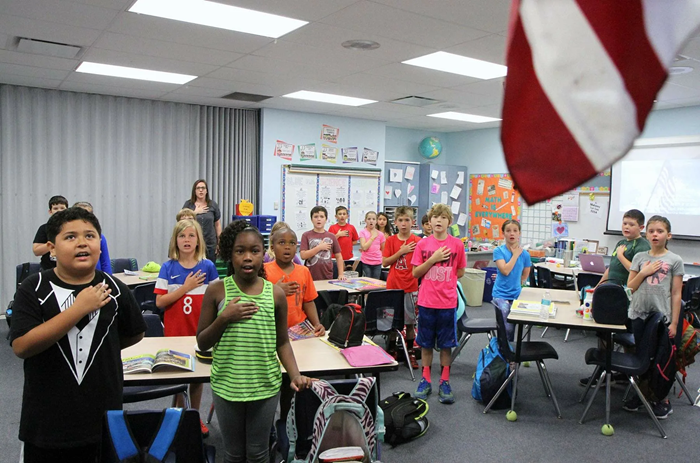All subjects at the primary school level are taught by one teacher. At this stage, students are screened and classes are formed according to their abilities.
Gifted students are taught more seriously, with fairly high demands on the students’ knowledge; they are prepared for college from an early age.
In middle school, elective subjects are introduced, such as a foreign language or art.
After the 9th grade, education is divided into academic (aimed at entering universities) and vocational (with in-depth study of applied subjects, such as, for example, car business). In high school, students at different stages of their education have special nicknames – freshmen (“newbies”) in the ninth grade, sophomores (“sophomores”) in the tenth, juniors (“juniors”) in the eleventh, and seniors (“senior students”, “graduates”) in their last year of study.
Sometimes certain variations in the division of schools into levels are allowed in different school districts of the USA.
Schools in the USA are several, often connected together, one- or two-story buildings. Parking lots, sports stadiums and playgrounds are located nearby. Even if students do not live at the school, the school is in most cases a closed campus. There are single desks in the classrooms. Each student is also assigned an individual locker with a lock for the student’s personal belongings. In the hallways there are vending machines with food and drinks. School uniforms are common only in private, religious schools and boarding schools. Each school has its own mascot, which is drawn on the sports uniform and the uniform of the girls from the cheerleading squad.
In American schools, unlike Russian ones, there are no autumn or winter holidays. Only Christmas and New Year are days off. Summer holidays are considered full holidays. However, it should be noted that schools can arrange a holiday for their students at their own discretion at any time.
After finishing school, a graduate can enroll in a vocational school (where they study to become secretaries, plumbers, criminologists, etc.) or in the so-called community, that is, a local college with a two-year training program (trains social security workers, accountants, etc.) – all such institutions are fee-paying. But most often, applicants try to get into universities, since a diploma in the USA is important for a future career and wealth – according to statistics, Americans with a higher education receive on average more than a million dollars more in their lifetime

